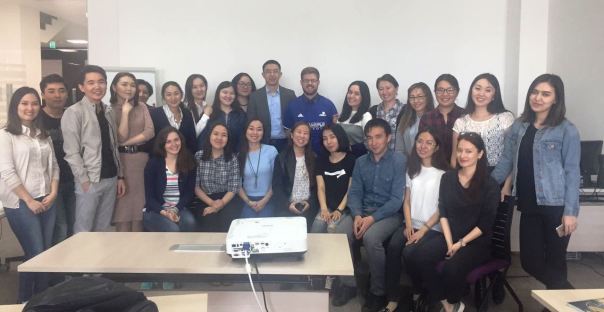Deconstruction post of the TEDx video by Eddy Zhong https://www.youtube.com/watch?v=2Yt6raj-S1M
Recently there have been many talks about the harming effect of contemporary schools on child development. The author of the above-mentioned video Eddy Zhong makes a very bold statement claiming that nowadays schools have an adverse effect on child development and actually make them less intelligent. Definitely, the current education system needs improvements in a number of aspects; however, I would not completely agree with the Zhong’s claim.
Eddy Zhong is a successful technology entrepreneur who found his own company Blanc which produces smart watches when he was a teenager. Also, established a summer camp Leangap where high school students can get professional support on how to open own company.
His main claim is that schools with their programs and certain requirements for all children deprive them of the opportunity to express themselves and kill creativity in them. Schools “preach” that there is only one path to success and it is completing school with good grades, graduating from a college or a university and getting a job somewhere in a bank. Zhong condemns this “ideology” and calls for a different way of thinking in youth.
The speaker supports his claim by narrating about his own life from being a typical kid who didn’t know what to do with his life and entirely relied upon his parents’ advice to becoming an establisher of a company. From the age of 14, he with his friends started to participate in business plan competitions the majority of which they won. He became very passionate about them and understood that he was really enjoying creating things. One distinctive feature of his team was that instead of presenting their business ideas in a primitive power point, they went to stores, bought supplies and built prototypes. During one of those competitions, they were offered to turn those prototypes into real products. Zhong also tells about a curious instance when they presented their idea at their school. While secondary school students accepted their presentation with complete indifference, primary school students became extremely curious and started to ask how they could buy it. Zhong was astonished by how these 5-6-year-old were so interested and full of curiosity, however, those who are 5-6 years older ones had no interest whatsoever. The author believes that school is to blame for this indifference.
Zhong concludes that education system should be tailored in a way to encourage students to be more creative and think out of the box. Students should not be confined to limits but be allowed to express their craziest ideas. Personally, I agree with the author, however, when making this type of claims, people should offer concrete steps on how to reach desired education system. Moreover, I believe the author should have chosen a different title for his speech because intelligence and creativity are different terms.



